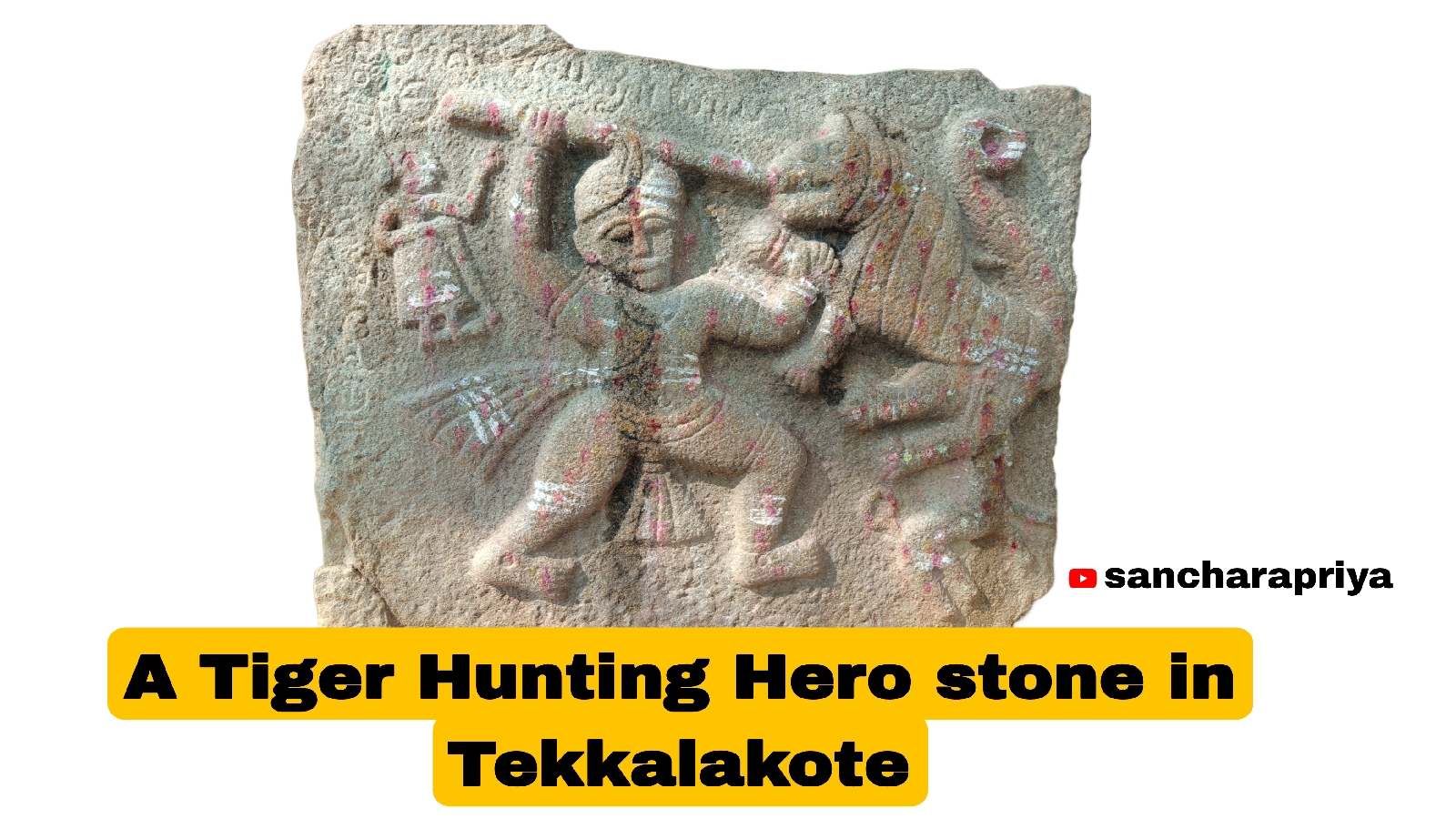Tekkalakote neolithik period
Tekkalkota:
At Tekkalkota (Karnataka) 19 remains of small circular huts with 3 meter to 5 meter diameter were recorded. These ranged from 1780 BC to 1540 BC in date. Small and big wooden posts were erected in some cases while in others no such post-holes are seen.
Natural boulders and rocks scattered on the surface have been taken advantage of to hold the structure Burials are found under the floor of the house. Sometimes bodies have been interned within urns.
The granitic boulders near the site show some art execution by pecking and brushings, and also at times painting with red ocher. A bull, deer, gazelle or stylized human figures are some of the usual depictions recorded at many of these Andhra and Karnataka sites.
That these art works are of Neolithic period is supported by a gray ware ceramic lid found from Tekkalkota excavation. A bull, a cobra and two antelopes are executed in this lid by puncturing the clay when it was leather-hard.
Animal bones recovered indicate domesticated cattle, mainly buffalo, goat, sheep and dog. Experts have even opined that, anchylosis of the hook joints noted in eh cattle bones might indicate their use as draft animals.
About more information click to below link it will shows,
About more information click to below link it will shows,
http://www.shareyouressays.com/104503/short-essay-on-the-neolithic-revolution



Comments
Post a Comment